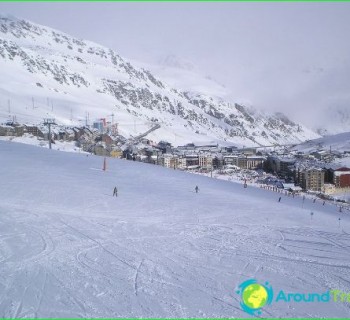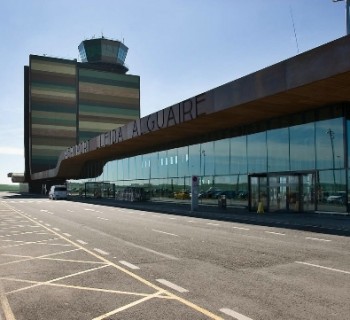Culture of Andorra
The dwarf principality of Andorra is closely sandwiched in the Pyrenees mountains between Spain and France. Landlocked, the state nevertheless leads a completely "tourist" lifestyle: its ski resorts are considered one of the best in Europe. The culture of Andorra was particularly influenced by the traditions of neighboring Spain and its provinces - Catalonia, Valencia and Aragon.
Musical people
The main feature of the inhabitants of Andorra is their amazing love of music. International festivals featuring jazz and classical pieces are the most attended events held annually in the capital of the country. A particularly beloved holiday by Andorrans is the September festival held in honor of the Holy Virgin Mary de du de Meritsel. She is considered the heavenly patroness of the principality..
The dance world is familiar with the culture of Andorra and thanks to the contrapas - a famous folk dance performed in the principality for many centuries.
Princely sights
Like any self-respecting state, the dwarf principality has its own parliament or General Council. Its members sit in the old Casa de la Valle - a building with a defensive tower, which is also the main architectural landmark of Andorra.
Erected at the end of the 16th century, the building served as a home for an aristocratic Andorran family, descended from ancient times. Then Casu de la Valle bought the Land Council and today parliament sits here, and the Ministry of Justice and even the court are located..
The building is directly related to the history and culture of Andorra, because its Vault of the Seven Keys contains important and valuable historical documents. It is noteworthy that the archive cannot be opened if all seven keys and their custodians are not collected together. The ancient kitchen in the tower once cooked food for council members because they could not leave the boardroom until the final decision was made on the issue under discussion..
Another old and famous landmark of the capital of the principality is the church, erected in the XI century in honor of St. Armenol. Harmoniously inscribed in the surrounding landscape, the temple seems to be filled with a breath of history. In the chapel at the church, visitors are shown a unique collection of paintings, and the observation deck offers magnificent views of the Pyrenees.


